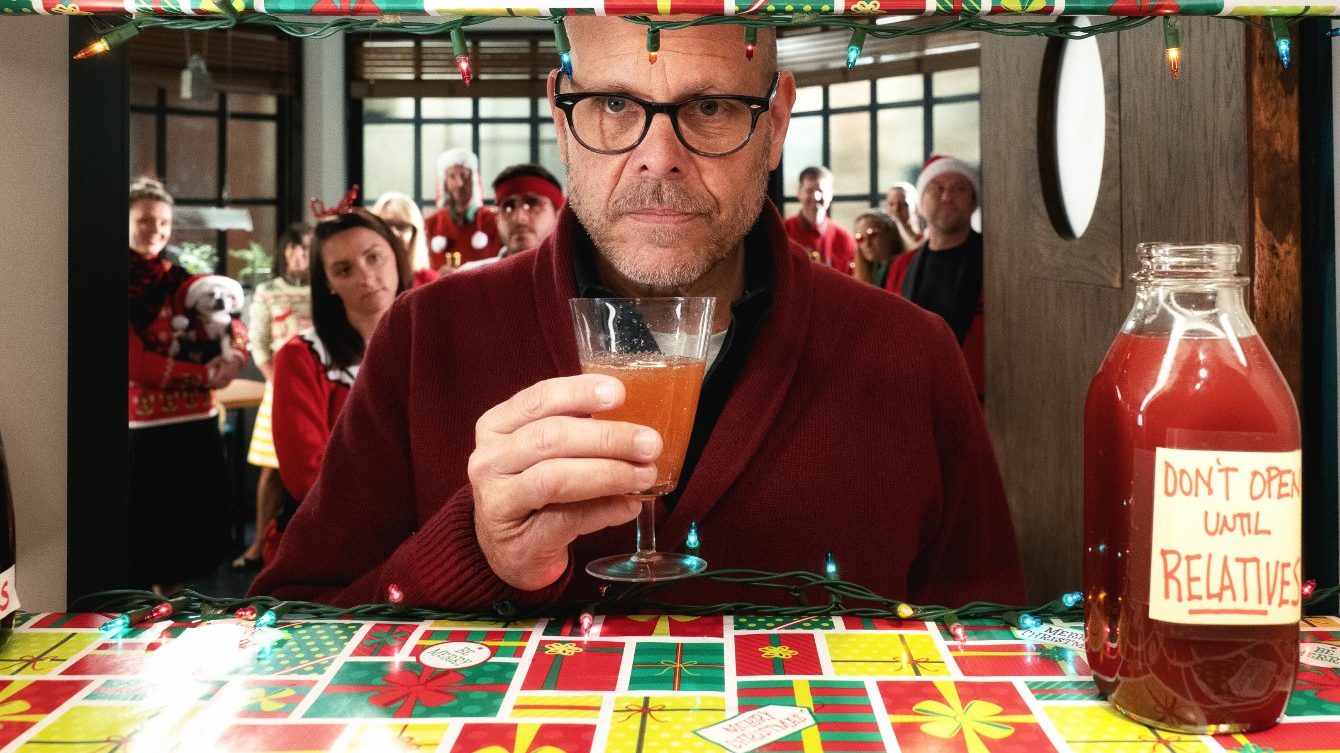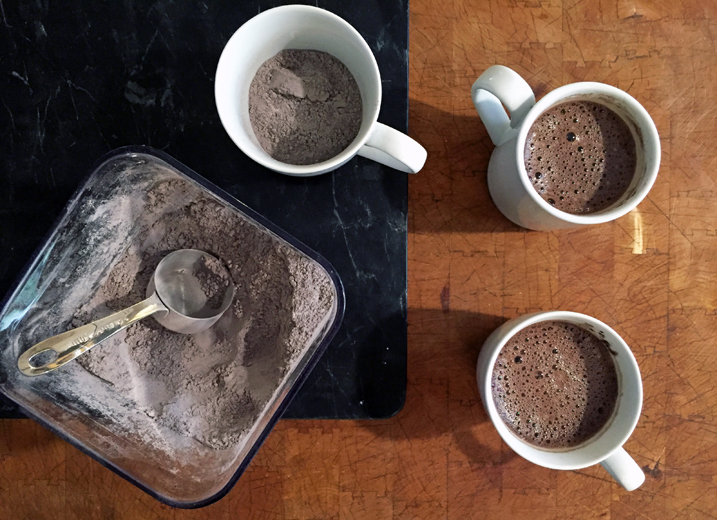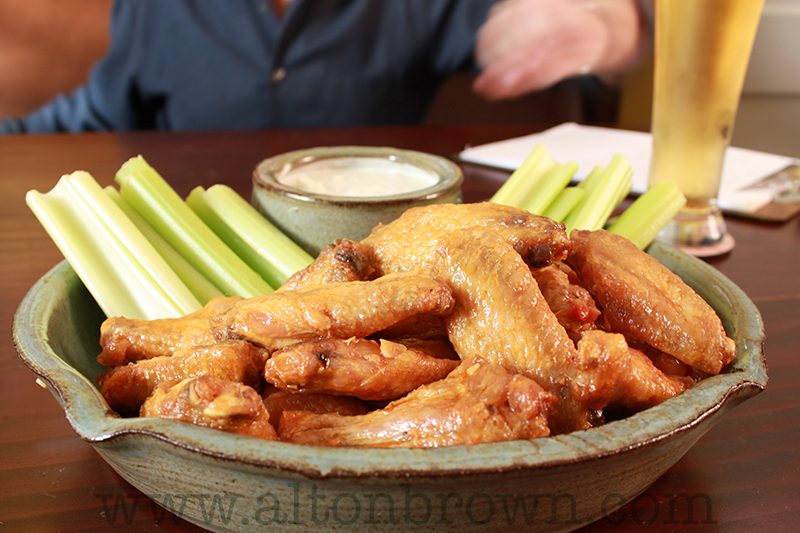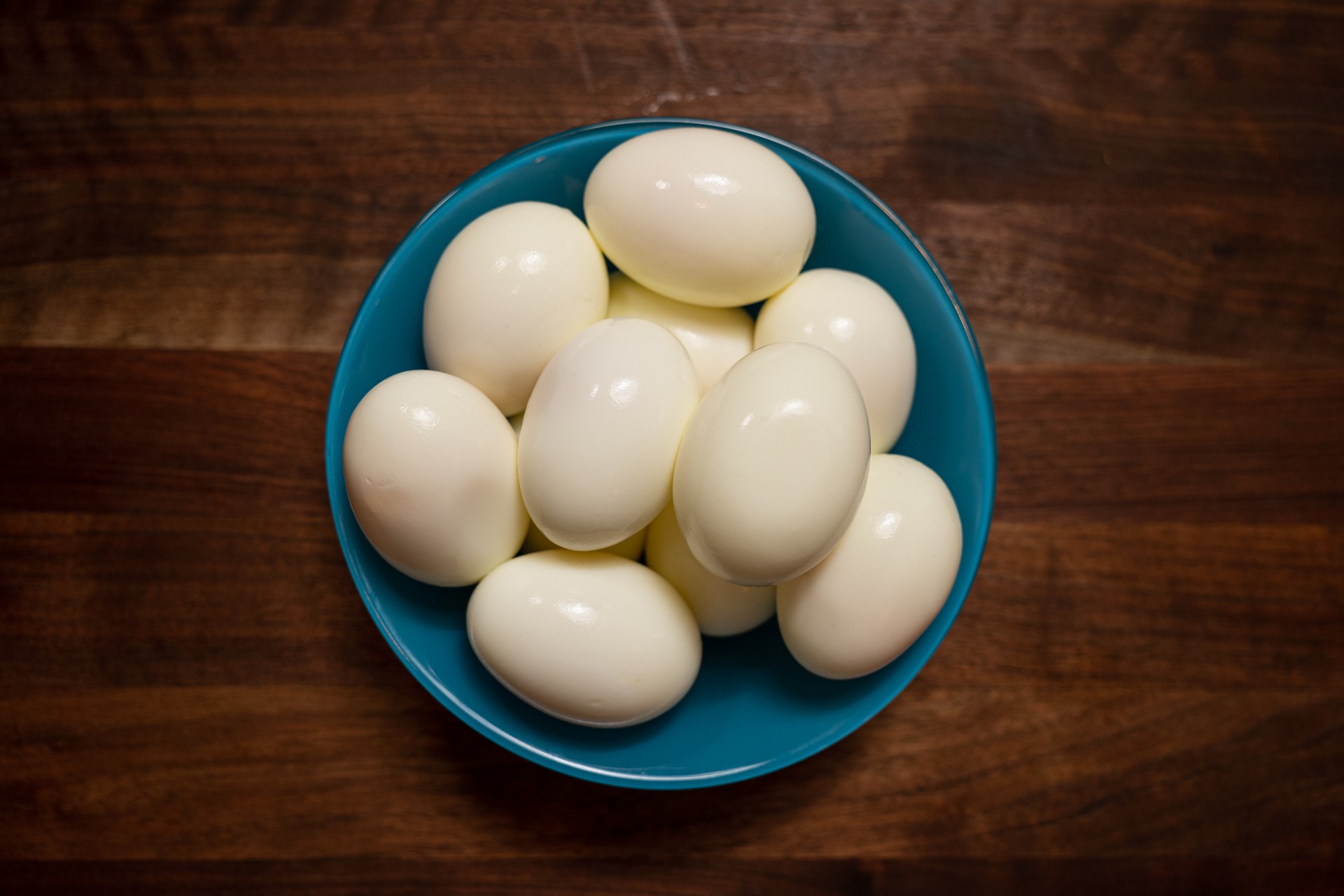

SEARCH

Unsurprisingly, the key to brewing a better cup of coffee at home is the way you treat your beans. Because you only get out what you keep in.
Look, I’ve got 20 years of coffee drinking on the guy who originally wrote this article. And we know a lot more about coffee today than we did a few decades ago, so it only seems right to update, repair, and renovate the groundwork for a better cup of coffee.
PURCHASING
- Buy whole beans in small pouches — only what you’ll use in a week. Coffee beans are like wine, once the air is in, time starts ticking away. Honestly, even if you keep the bag’s factory seal intact and stash it away from heat, peak quality will begin to dissipate after three weeks.
- Neither the refrigerator nor the freezer is an acceptable option for storing beans. Condensation is even worse for coffee beans than air contact.
- Beware beans in open bins, where light, air, and moisture can degrade quality.
- Depending on who you ask, there are between three and 25 roast styles. Some roasters only deal in light, medium, and dark, while others might go light, medium, medium-dark, then dark. If you go really crazy, you could say light, cinnamon, New England, American, medium or “city,” full city, French, Italian, and Spanish, which basically means burned. If you want to taste the bean, I say go light to medium. And remember, caffeine levels drop as the roast level darkens.
GRINDING
- Grind immediately before brewing. Think of coffee as you would nutmeg or black pepper. It’s technically a spice full of essential oils and other volatile substances that start dissipating the moment you crack the safe, so to speak. If you must grind ahead, consider air-proof containment such as a heavy, zip-top freezer bag with the air sucked out.
- If you really care about good coffee, invest in a burr grinder. Blade grinders are handy for spices, but suck at grinding coffee. With a two-part mill, burr grinders produce a uniform grind and most models allow you to adjust the settings, so coarse grinds for a French press are as easy to fabricate as a fine grind for espresso. The downside: Be prepared to spend $100 to $200, but also be prepared for your coffee to taste that much better.
- If you don’t have a coffee grinder or don’t want to mess with grinding, buy small batches of beans from a neighborhood roaster or shop, have them do the grinding right then and there, transfer to a heavy, zip-top freezer bag as mentioned above, and use the coffee within the week.
BREWING
- The golden ratio for coffee brewing: 1 gram of coffee to 14 grams of water. Yes, you should weigh your beans, and yes, metric is better. My morning equation: 28.5 grams of coffee to 400 grams of water.
- Use enough coffee. It’s a popular misconception that brewing with less coffee will give you a “lighter” brew. This is not so. Brewing with less coffee most often results in over-extraction of the bean, which leads to bitterness. If you like weak coffee, brew full-strength, then cut it in the cup with hot water.
- Use filtered water. Your coffee will never be better than your water. Here’s the bottom line: If your water tastes good from the tap, make your coffee with it. If it doesn’t, use filtered water.
- Heat kills. The longer the pot sits on that heat element, the faster the subtle flavor compounds in your brew go belly up. I used to brew into a thermos, and I still do if I’m taking Joe on the go, but these days, I tend to brew into a robust, flameproof carafe that can be parked directly over low heat as needed, but coffee doesn’t usually hang around my house that long.























